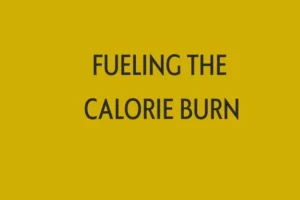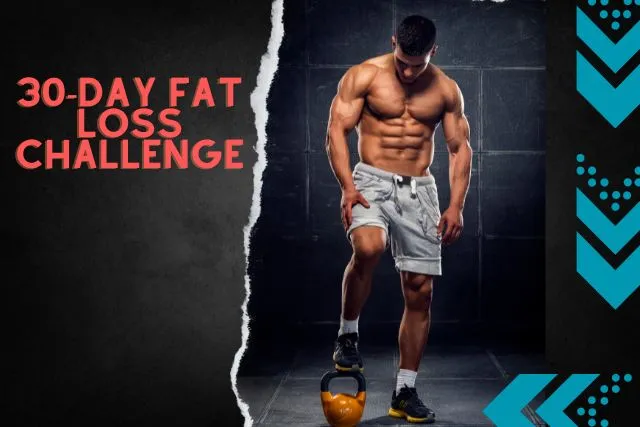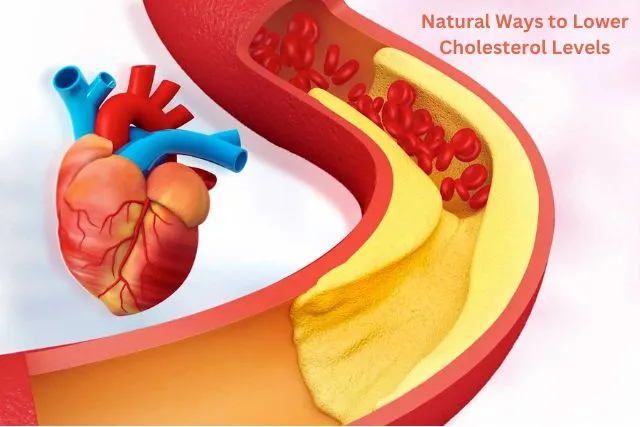Beginner gym workout plan for weight loss

A beginner gym workout plan for weight loss should combine cardiovascular exercises with strength training. It’s essential to focus on consistent, manageable routines to steadily burn calories and build muscle.
Embarking on a weight loss journey at the gym can be daunting for beginners, but with the right workout plan, it can also be immensely rewarding. Diving into a mix of cardio exercises such as brisk walking, cycling, or rowing, alongside strength training, including free weights and resistance machines, sets the stage for effective weight management.
A well-structured plan promotes calorie burn while also enhancing muscle tone, contributing to an increase in metabolic rate which aids in long-term weight management. Beginners should aim for balanced workouts that are challenging yet sustainable, ensuring they do not overexert themselves while still making progress. Starting with shorter gym sessions and gradually increasing their duration and intensity can help new gym-goers create lasting habits and see tangible results.
Embarking On Your Fitness Journey
Embarking on your fitness journey starts with clear and achievable goals. It’s essential to know your starting point. A health check and fitness assessment can help. What’s your current activity level? Do you have any health concerns? Consider these questions before creating your plan.
Establish both short- and long-term goals to help you stay motivated. For instance, set a weekly goal of losing 1-2 pounds. Make sure your objectives are Time-bound, Relevant, Specific, Measurable, and Achievable (SMART). This method will assist you in monitoring your development and modifying your plan as necessary.
Understanding Beginner gym workout plan for Weight Loss Basics
Weight loss happens when the body uses more calories than it consumes. This is known as a caloric deficit. To shed pounds, creating this gap is essential. Eating fewer calories and increasing physical activity will help achieve this goal.
A well-balanced diet is essential for losing weight. To offer the necessary nutrients, it should contain a variety of foods. This aids in weight loss while preserving bodily processes. Give fruits, vegetables, lean meats, and whole grains a priority. Remember to restrict your intake of high-fat and sugary foods.
Creating Your Workout Schedule
Embarking on a weight loss journey?
A well-structured gym workout plan is crucial. Aim for 3 to 5 workouts weekly. Consistency beats intensity at first. Focus on spreading exercises across the week.
Early workouts or evening sessions?
Select the option that best suits your way of life. Your body gets used to consistent exercise schedules. A typical workout lasts 45 to 60 minutes. If you’re pressed for time, think about 30-minute high-intensity sessions. Observe your body and make any necessary adjustments.
Warm-up: Igniting The Fire
Dynamic stretching exercises are essential to any fitness program in the gym. They get your joints and muscles ready for higher-intensity exercise. Start with shoulder releasing arm circles. Next, proceed with leg swings to engage the hip flexors. Remember side lunges, which improve flexibility. Ten to fifteen seconds should pass between each stretch.
Next, focus on Cardio Warm-Up Exercises. A brief jog on the treadmill gets your heart rate up. Also, try jumping jacks or a stationary bike. These activities increase blood flow, making your body ready for weight loss exercises. Aim for 5-10 minutes of cardio before you lift weights. This warm-up lights the fire within your body to burn calories effectively.
Cardio Workouts: Fueling The Calorie Burn
A beginner gym workout plan for weight loss often starts on the treadmill with intervals. These are short bursts of high-intensity running followed by cooling down walks. They help you burn more calories and improve heart health. Try 30 seconds of running, then walk for 1 minute. Repeat this cycle for 15-20 minutes.
Programs for stationary bikes also provide excellent calorie-burning exercise. Compared to running, they are kinder on the joints. You may simulate hills or sprints by using varying resistance settings. For optimal effects, aim for 20–30 minutes of cycling, varying your resistance and speed. Your heart will beat more quickly, burning fat and calories.
Resistance Training: Building Lean Muscle
Embarking on a weight loss journey at the gym demands dedication. Combine resistance training with cardio for effective results. To build lean muscle, focus on key exercises that work various muscle groups.
Upper Body Workouts strengthen the shoulders, chest, and arms. Exercises like push-ups, dumbbell presses, and bicep curls are essential. Execute these with proper form to maximize their benefits. Aim for moderate weights that challenge your muscles.
Lower Limb Exercises focus on the calves, hips, and thighs. Include lunges, leg presses, and squats in your exercise regimen. These exercises tone muscles and burn fat. Don’t forget to change the resistance to fit your level of fitness.
Core Workouts: Strengthening The Center
Core workouts are vital for total body strength. A solid core supports balance and stability. Essential core exercises focus on the stomach and back muscles. These muscles keep you upright and power your movements.
For oblique shaping, rotational moves are perfect. They work the side muscles that form your waist. This can help give you that sought-after ‘V’ shape. Try exercises like Russian twists and standing oblique crunches. They target the right areas for weight loss.
Include these exercises in your beginner gym workout plan. They can make your waist look slim and strong. Do not forget to breathe during each move. Proper breathing helps work out harder and safer.
Cool Down: Recovery And Stretch
Cooling down after a workout is crucial for recovery. It helps your muscles relax. Spend at least 5-10 minutes stretching your muscles post-exercise. It can prevent stiffness and soreness. Try to include stretches for all major muscles. Focus on the ones you worked out the most.
For post-workout nutrition, eat within 45 minutes. Your body needs nutrients to repair itself. A mix of protein and carbs is best. Think of a banana with a scoop of peanut butter. Or maybe a small chicken sandwich. Remember to hydrate well. Drink lots of water or a sports drink if needed.
| Stretch | Duration |
| Hamstring Stretch | 30 seconds each leg |
| Quadriceps Stretch | 30 seconds each leg |
| Shoulder Stretch | 30 seconds each arm |
Monitoring Your Progress
| Workout Record | Body Measurements |
| Log daily exercises and reps. | Measure weight weekly. |
| Track time spent on cardio. | Record waist, hips, and chest bi-weekly. |
| Note the weight lifted per exercise. | Observe changes in muscle tone. |
| Highlight personal best achievements. | Take progress photos monthly. |
Keeping a fitness journal is crucial. On paper or in an app, jot down every workout detail. This reinforces commitment. It also shows growth over time. Seeing weight changes keeps you motivated. Measuring body parts like the waist can reveal fat loss not shown on scales. Visual confirmation, through photos, provides undeniable evidence of your hard work and success. Periodic reviews let you adjust goals and techniques as needed.
Staying Motivated Through Plateaus
Weight loss journeys can hit snags, making motivation a prized ally. Discovering new sources of inspiration is key for momentum. Listen to uplifting music, find workout buddies, or read success stories. All can reignite that spark of enthusiasm.
Change keeps workouts fresh and the mind engaged. Introduce variance in exercise routines or add incremental challenges to avoid boredom. Your body adapts, so tweaking your plan is crucial for continued progress.
| Original Exercise | Adjusted Exercise | Benefit |
| Walking | Brisk Walking | Increases heart rate |
| Static Cycling | Interval Cycling | Boosts metabolism |
Safe Practices And Injury Prevention
Embarking on a gym workout journey for weight loss is exciting. But, staying safe is key. Learn the correct form for each exercise first. It prevents injuries. Coaches or experienced gym-goers can demonstrate proper techniques.
Gradual progression is vital to avoid overworking muscles. Start with lighter weights. Slowly, increase them as you get stronger. Consistent warming up and cooling down before and after workouts help too. Dynamic stretches can prep your body for exercise.
Observe the cues your body is sending you. A sharp pain indicates an incorrect situation. If it causes you undue discomfort, stop. Vacation days are equally important as work days. They permit your body to heal
Faqs For Gym Beginners
A lot of people who are new to fitness wonder when is the best time to work out at the gym. Early mornings are frequently commended for their ability to increase metabolism. Nonetheless, it’s critical to pick a time that works with your schedule and level of energy. Consistency is key to effective weight loss.
Dealing with anxiety at the gym is common among beginners. Starting with a simple plan can ease this worry. Remember to set realistic goals and progress at your own pace. Focus on your workout, and soon the gym will feel like a second home.
Frequently Asked Questions For Beginner Gym Workout Plan For Weight Loss
What’s The Best Beginner Gym Workout For Weight Loss?
Consistency and a balanced routine are key for beginners at the gym looking to lose weight. Start with a mix of cardio exercises like cycling or treadmill work, and incorporate strength training with bodyweight exercises or light weights. Aim for 3-4 days per week.
How long should an inexperienced gym-goer work out for?
For weight loss, beginners should aim for 30-45 minutes per gym session. This can include a warm-up, followed by a combination of cardio and strength training. Listen to your body’s signals and gradually increase duration and intensity over time.
Can Beginners Lose Weight With Gym Machines?
Yes, beginners can effectively lose weight using gym machines. They provide structured movement that can help reduce the risk of injury. Machines like the elliptical, stationary bike, and rowing machine are especially beneficial for burning calories and building cardiovascular endurance.
How many days a week should I exercise?
For weight loss, working out 3-5 days a week is a good starting point for beginners. It allows your body the necessary rest to recover while maintaining a consistent exercise routine. Ensure you vary your workouts to keep them enjoyable and effective.
Conclusion
Embarking on your weight loss journey can feel overwhelming, but not anymore. Our beginner gym workout plan is your trusted companion, offering a strategic blend of exercises designed for effective fat burn. Stay consistent, and you’ll soon celebrate transformations that go beyond mere numbers on a scale.








